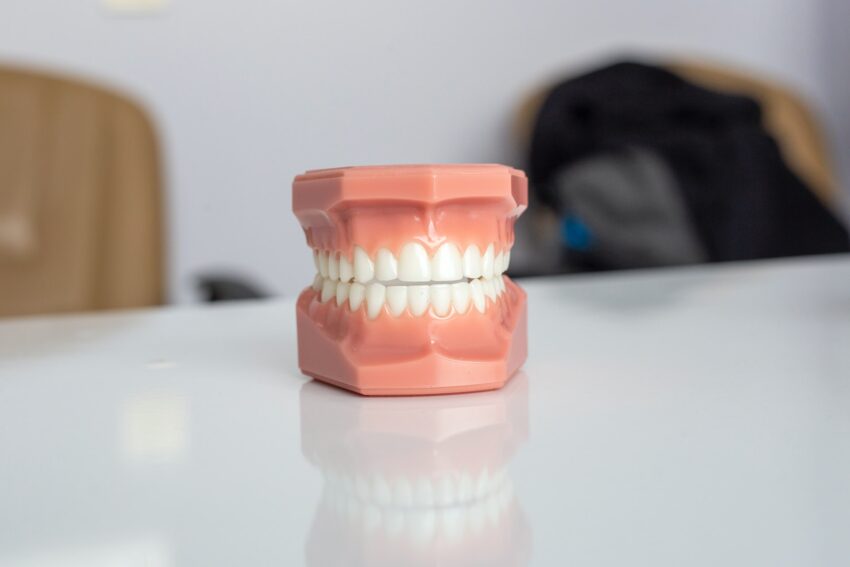You can do several things to help keep your teeth and gums healthy. One of them is to brush and floss your teeth regularly. Another is to avoid acidic foods.
Do a Quick Scan of The Inside of Your Mouth
It’s a good idea to perform a quick scan of the inside of your mouth for healthy teeth and gums. The interior of your mouth is an excellent place to look for tooth decay and the beginnings of other problems.
Luckily, numerous tools and techniques help you determine how healthy your teeth and gums are. This includes performing regular oral cavity scans and checking your gums for sores.
For example, a dentist from general dentistry bel air md might recommend a 3D dental scan and more traditional x-rays. A 3D scan provides a detailed image of the tissues surrounding your teeth and gums. Another type of test is the cone beam CT scan, which offers a more complete view of your jawbone.
One of the best ways to determine oral health is to brush and floss. These two daily habits will help keep your teeth and gums healthy for years.
Brushing Twice a Day
If you want to keep your teeth and gums healthy, you should brush twice a day. Bacteria and plaque build up in the mouth and eat away at your teeth. When this happens, you’re likely to develop a cavity. The acid in the plaque can also erode the enamel of your teeth.
The American Dental Association recommends brushing at least twice daily for two minutes. It’s essential to do this because bacteria produce acids that can erode the enamel on your teeth.
Brushing your teeth twice a day also helps remove the trapped food particles between your teeth. These particles can cause your teeth to rot and lead to bad breath.
In addition, flossing is essential to maintain good oral health. Flossing can help remove particles between your teeth that you can’t get with a toothbrush.
Flossing
Flossing is an essential practice for healthy teeth and gums. It is a way to remove food particles from between your teeth, and it can help reduce your risk of gingivitis.
It would help if you move the floss between your teeth, using different parts of the floss. You should also floss carefully and not pull it hard at your gums. If you do this, you may accidentally hurt your gums.
Flossing can make your teeth look brighter. However, it doesn’t actually remove food from your mouth. Instead, it stimulates blood flow to your gums, which helps to protect them from infections.
Plaque is a sticky film that forms on your teeth. Without proper flossing, plaque can build up and harden into tartar. Eventually, this build-up causes gum disease.
Avoiding acidic foods
Choosing the right foods is a must for healthy teeth and gums. Foods high in acid are more likely to erode tooth enamel and cause painful sensitivity. The enamel is the outermost layer of the teeth. If it deteriorates, the dentin can be exposed, leading to decay.
Some of the most common acidic foods include fruits, tomatoes, vinegar, and soda. However, many more foods can cause problems. To find out which foods are most harmful to your teeth, consult your dentist.
Acidic drinks like soft drinks and fruit juices should not be consumed excessively. These beverages are often accompanied by citrus flavorings, carbonation, and sugar. Each of these factors raises the acid level in a drink. It would be best to avoid swishing and holding an acidic beverage in your mouth. Instead, swallow it or drink it through a straw.
Mouthwash
Choosing the best mouthwash for healthy teeth and gums can be tricky. It is essential to select a product that removes the bacteria and plaque that cause bad breath and provides other oral health benefits.
Chlorhexidine is an antibacterial agent that works well against the germs that contribute to gum disease. However, it has the potential to alter the taste of your mouth and can be drying. If you want to avoid this unpleasant side effect, choose an alcohol-free mouthwash.
Alcohol-free mouthwashes may provide additional health benefits. Some can give oxygenating properties and whiten teeth.

